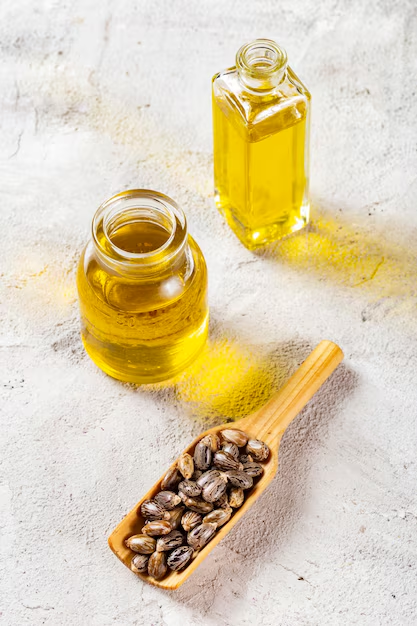Price Guide: Unveiling the True Value of Pure Castor Oil in India

INTRODUCTION
WELCOME TO RUNZOER INDIA, where we delve into the fascinating world of pure castor oil and uncover its true value in the Indian market. Whether you’re an avid beauty enthusiast or simply curious about the benefits of natural remedies, this comprehensive price guide will equip you with all the information you need. From its rich history to its myriad of uses and, most importantly, its impact on your well-being, we’ll explore each facet, ensuring you have a clear understanding of the true value of pure castor oil. So, join me as we embark on this enlightening journey that will empower you to make informed choices and embrace the wonders of this remarkable oil. Let’s get started!
Cultivating the Golden Crop: Exploring the Art of Castor Oil Production in India
The ideal conditions for castor cultivation in India include deep, moderately fertile, well-drained, slightly acidic soils and tropical to subtropical climates. India’s combination of suitable soil and climate makes it the world’s leading producer of castor oil, accounting for 90% of the global production and dominating international markets.
In addition to being the largest producer, India also serves as the top exporter of castor oil, with major buyers including China, the United States, European countries, the Middle East, and Latin American countries.
Notably, Gujarat contributes to 71% of castor oil production in India, with the Kadi district holding the record for the world’s highest castor seed yield per hectare. Several other districts in Gujarat, such as Kutch, Ahmedabad, Kheda, Vadodara, Rajkot, Jamnagar, and Gandhinagar, are significant for castor cultivation.
According to data from the Solvent Extractors’ Association of India (SEA), the country’s castor production in the 2021–22 season was approximately 1.79 million metric tons (MT), with Gujarat alone accounting for 1.49 million MT. Production may have considerably increased at present.
Leading companies in the castor oil industry, including Runzoer India, Adani Group, Wilmar International Ltd., Ambuja Solvex, NK Proteins, Jayant Agro Organics Limited, and Girnar Industries, contribute to the manufacturing of castor oil.
The Indian variant of castor contains approximately 45 to 50 percent oil by weight, with an oil content of 48%, of which about 42% can be extracted while the remaining is retained in the cake.
The process of extracting oil from castor seeds involves drying the seeds, hulling, and either hot-pressing or cold-pressing. Cold-pressing involves direct pressing at room temperature, while hot-pressing requires cleaning, cooking, and drying the seeds prior to extraction.
Regarding pricing, castor oil varies based on characteristics, applications, type, and purchased quantity, as well as the supplier. It undergoes various chemical processes to produce different types, such as deodorized, blown, low-moisture, refined, pharmaceutical-grade, and hydrogenated castor oil.
The price range for castor oil in India is approximately Rs 100 to Rs 1000 per kg, depending on the grade, such as commercial grade, pale-pressed, sulfated, or hydrogenated oil.
For those seeking to purchase castor oil, it is advisable to buy from reputable manufacturers to ensure the authenticity and quality of the product. Trusted suppliers uphold the integrity of castor oil and provide reliable and satisfactory results.
To explore and purchase high-quality castor oil products at fair prices, visit trusted manufacturers like RUNZOER INDIA.
